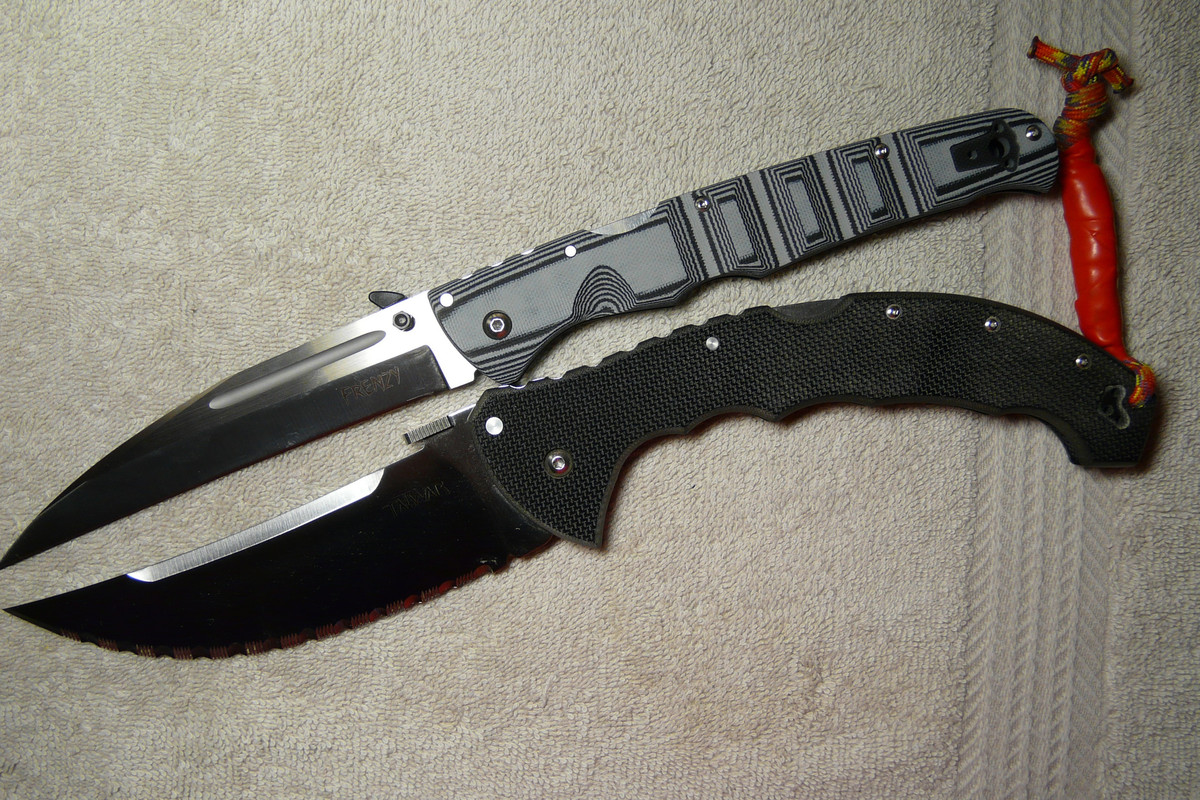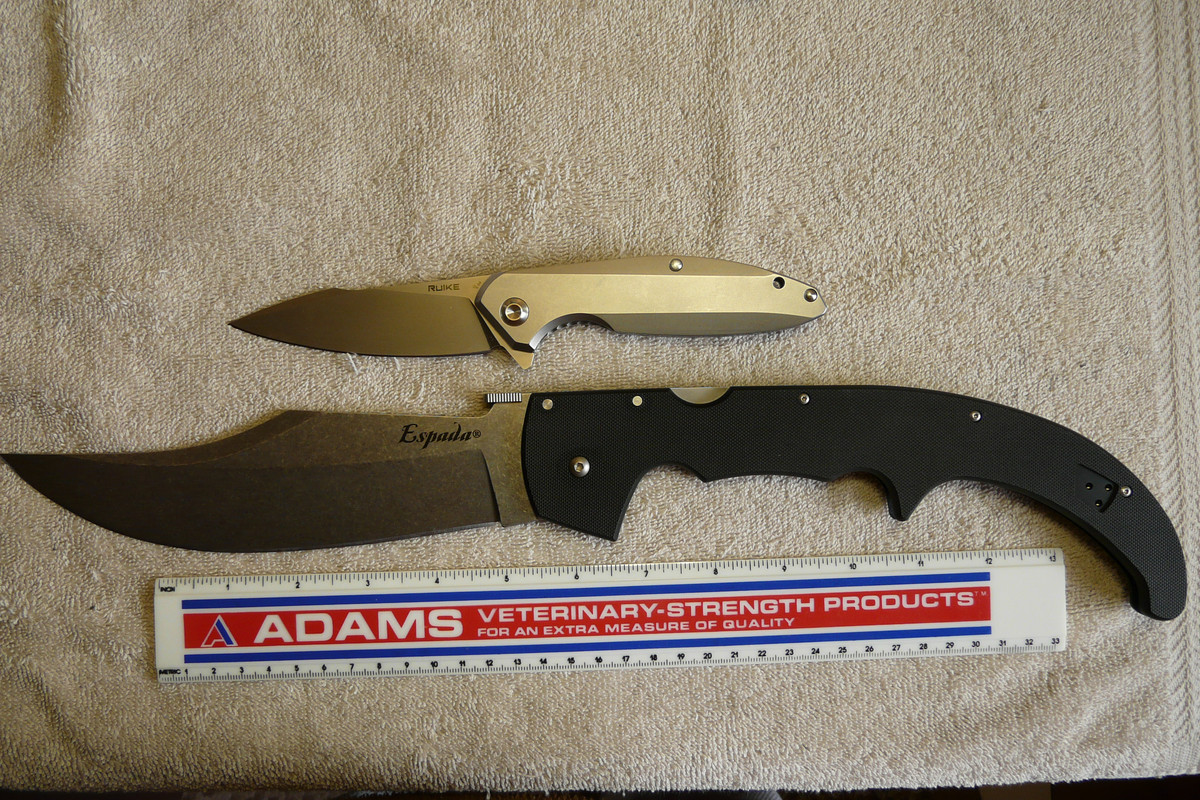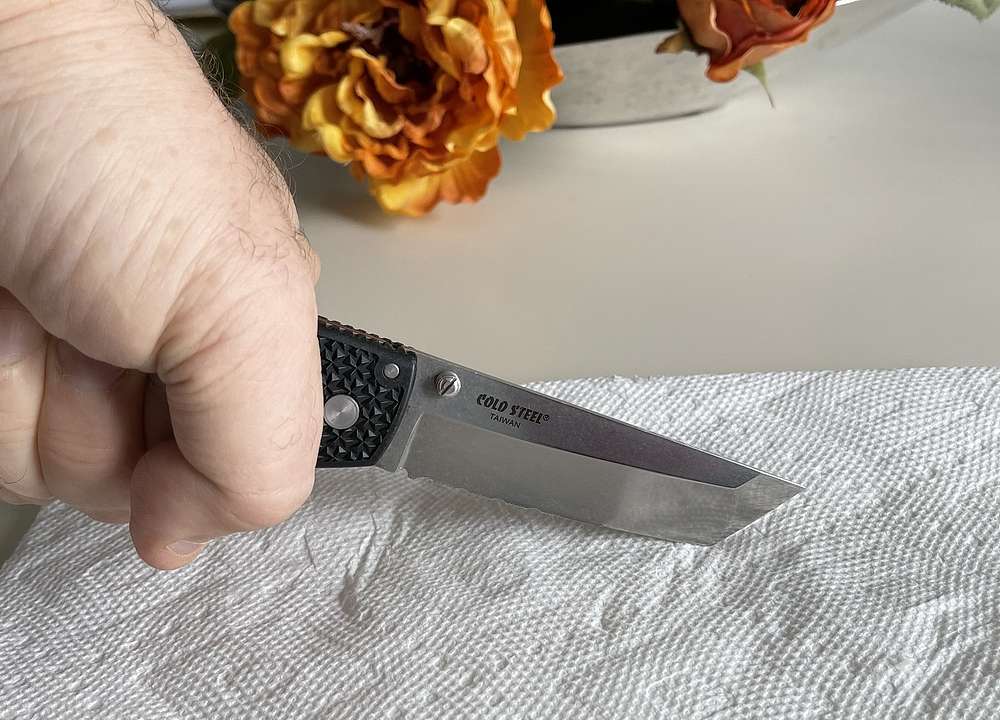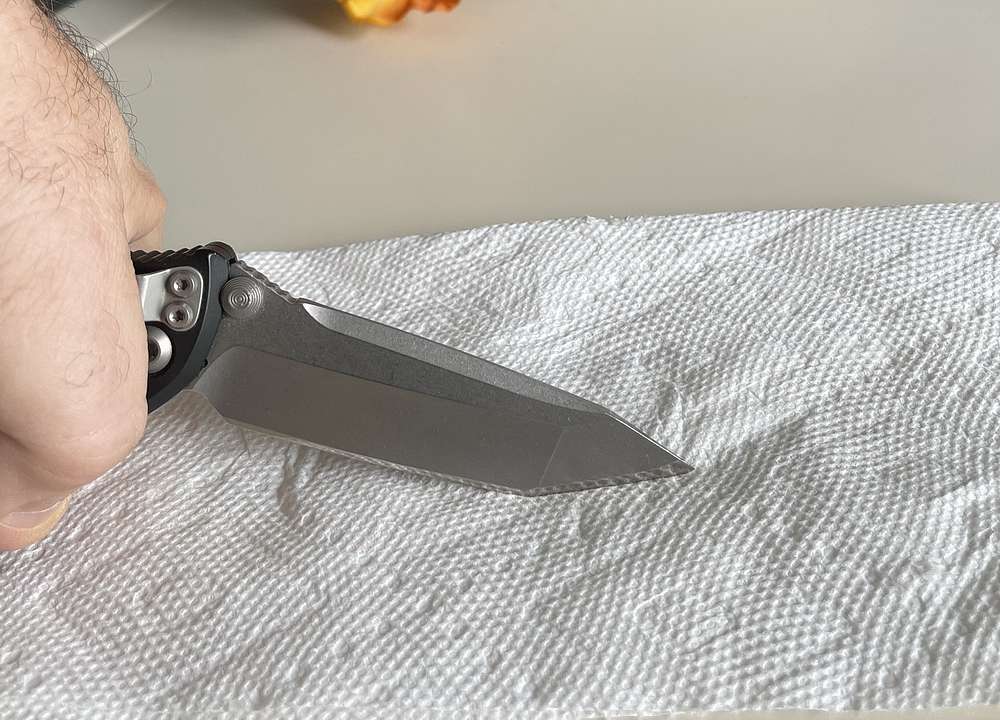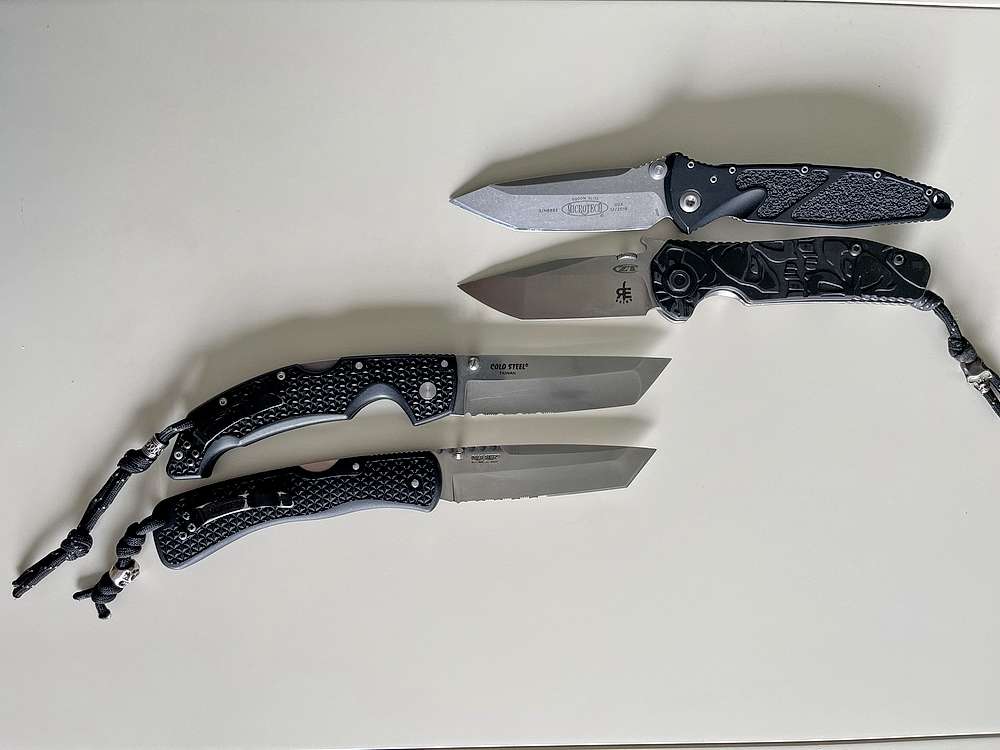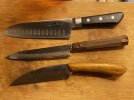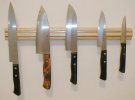
I think this all depends on how you train and practice .
I carry front pocket , wave openers .
I can have the knife out and open as fast as I can raise my hand from my pocket .
I don't have to think about it . It's pure reflex by now .
Nothing is faster ...for ME . (Except maybe a cane or walking stick which is already in hand and up front .)
YMMV . You should use whatever method and gear works for YOU best .


A major factor for me personally , is that I just don't want to carry a fixed blade and sheath large enough to equal my larger folders . Personal preference for comfort , convenience , and ease of concealment .
I can front pocket carry even an XL Espada with no problem vs an equivalent OAL fixed with sheath .




